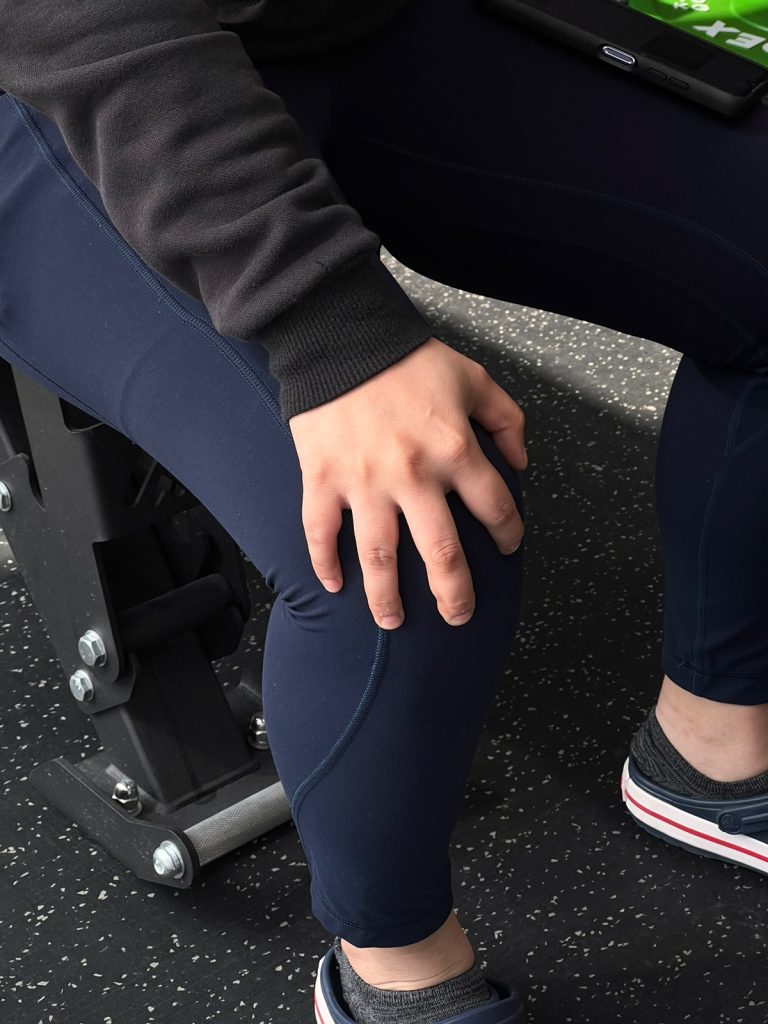
Health Blog | 3 MIN READ
Runner's Knee - Patellofemoral Pain Syndrome (PFPS).
Dr. Maureen Agustin
Runner's knee, also known as patellofemoral pain syndrome (PFPS), is a common overuse injury that affects runners of all levels. It’s characterized by pain in the front of the knee and can be caused by various factors. Left untreated can lead to degenerative joint changes and decreased running performance. This blog post will discuss the causes, symptoms, and treatment options for runners' knees. By understanding more about this injury and what you can do to prevent and treat it, you’ll be able to get back out running in no time!
What is a Runner's Knee?
A Runner's Knee is a condition that can cause pain in the front of the knee. The knee is a joint where the thighbone (femur) meets the shinbone (tibia). The kneecap (patella) sits in front of the joint and helps to protect it. Runner's knee occurs when the kneecap is not tracking properly on the femur. This can be caused by overuse, injury, or structural problems with the knee. runner's knee can be painful and make it difficult to run or participate in other activities. Treatment options include rest, ice, and physical therapy. Surgery may be necessary in some cases.

Symptoms of Runner's Knee
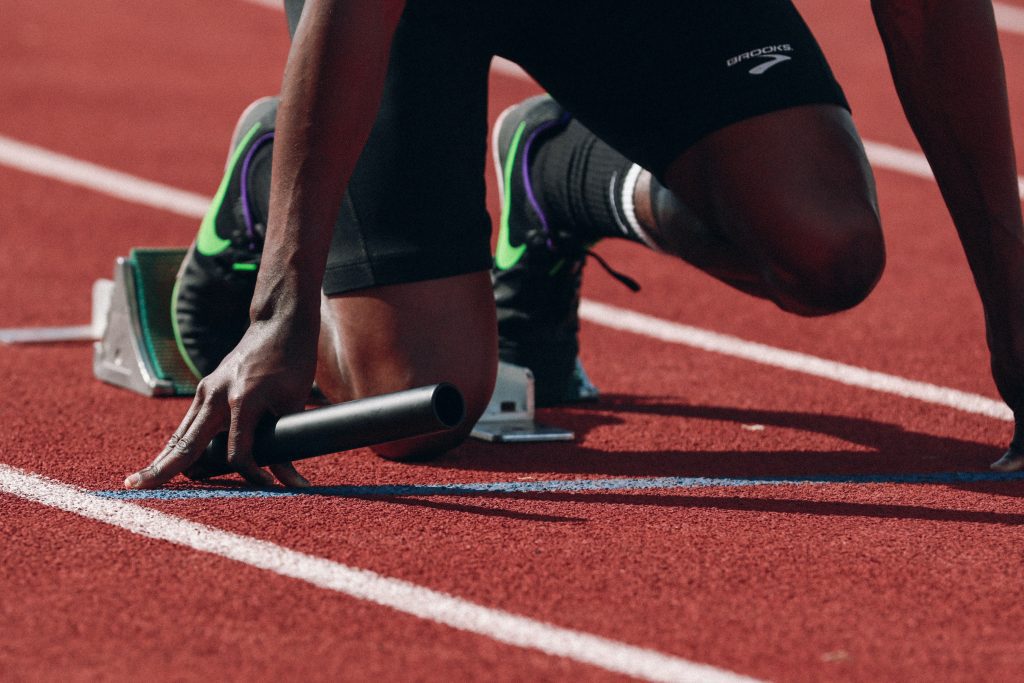
There are a few different symptoms that are associated with the runner's knee. The first and most common symptom is pain around the kneecap. This pain will usually worsen when walking up or down stairs, sitting for long periods of time, or running for an extended period of time. The second symptom is a clicking or popping sound that can be heard when the knee is flexed. This sound is caused by the patella (kneecap) rubbing against the femur (thigh bone). The third symptom is a feeling of instability or “giving way” in the knee joint. This can be caused by either the patella not tracking properly in the trochlear groove of the femur or by weakness in the muscles that stabilize the knee joint.
If you are experiencing any of these symptoms, it is important to seek medical attention to rule out other potential causes such as a fracture or meniscus tear. Once other causes have been ruled out, treatment for runners' knees typically involves a combination of rest, ice, and anti-inflammatory medication. Physical therapy may also be recommended to stretch and strengthen the muscles around the knee joint. In some cases, a corticosteroid injection may be necessary to help reduce inflammation. If conservative treatments fail to improve symptoms, surgery may be considered to correct any underlying mechanical issues in the knee joint.
Causes of Runner's Knee
There are several potential causes of runner’s knee, including:
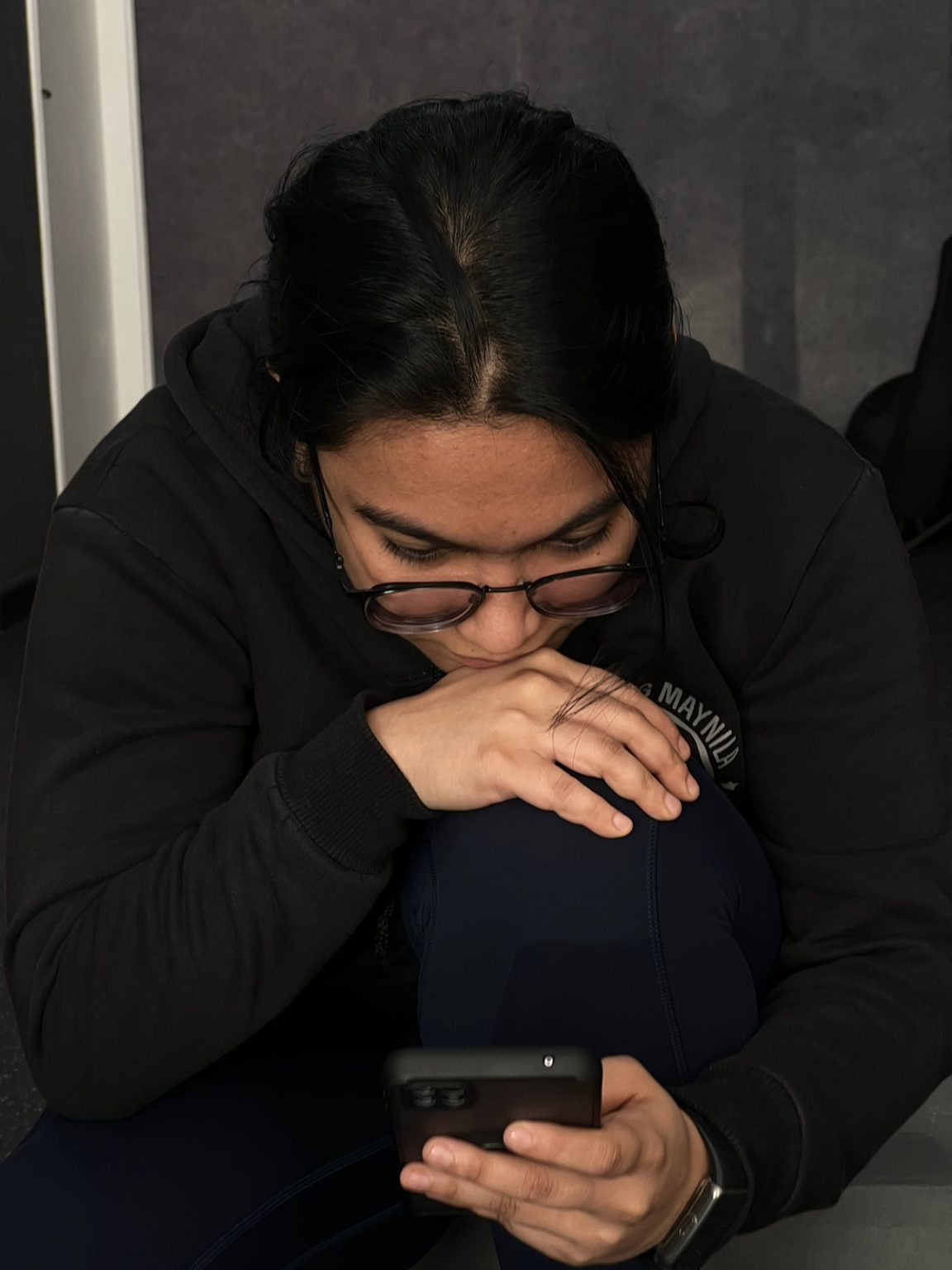
- Overuse: Repeated stress on the knee joint can lead to a runner’s knee. This is often seen in people who run long distances or do many high-impact activities such as basketball or football
- Weak muscles: Weakness in the muscles that support the knee can lead to a runner’s knee. This is often seen in people who have had a previous injury to the knee or who have underlying medical conditions such as arthritis.
- Overuse: Tight muscles: Having tight muscles in the hamstrings or quadriceps can also lead to a runner’s knee. This is often seen in people who do not warm up properly before exercise
Runner's Knee Treatment
A runner's knee is a condition that can cause pain around the kneecap. The pain is often worse when you run or jump. You may also feel pain when you walk up and down stairs.
There are several things you can do to treat runner's knee at home:
Rest: Take a positive break from running (Strengthening exercises)
Runners Knee Exercises
Since a runner’s knee is such a common problem, there are many different exercises that can help alleviate the pain and symptoms associated with it. Here are a few examples of effective exercises for runner’s knee:
1.Quadriceps Strengthening Exercises: Strong quads can help take the pressure off of your knees. Try doing leg extensions, wall sits, or squats to strengthen your quadriceps.
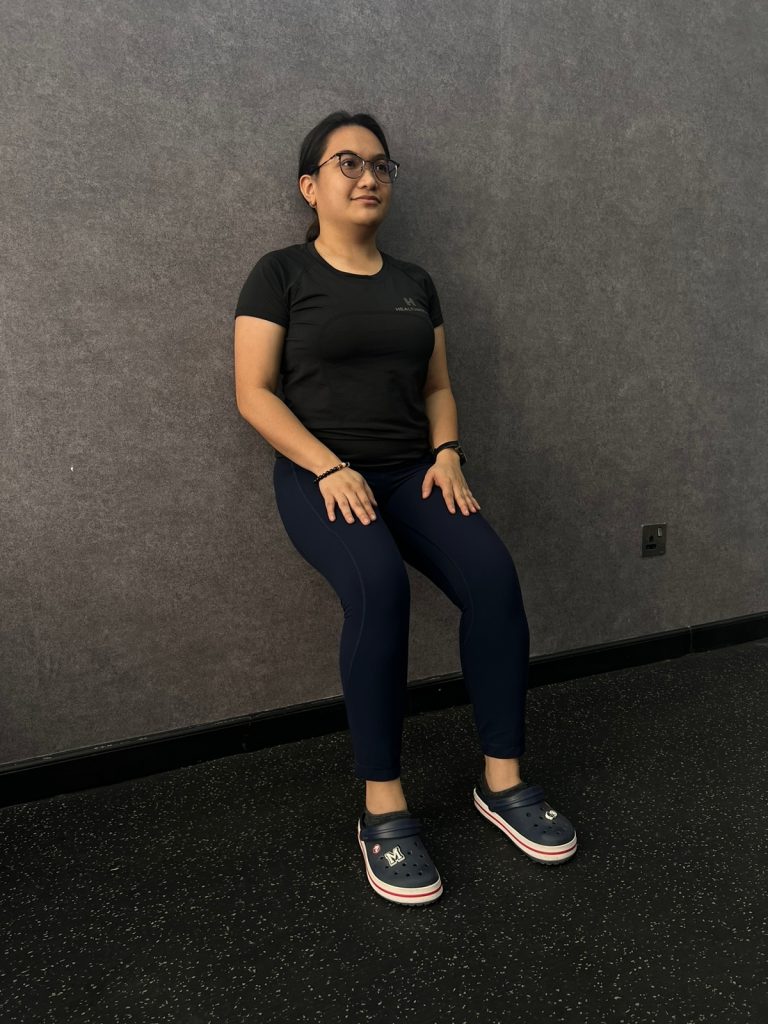
2. Hamstring Strengthening Exercises: Strong hamstrings can also help take the pressure off of your knees. Try doing leg curls, glute bridges, or single-leg deadlifts to strengthen your hamstrings.
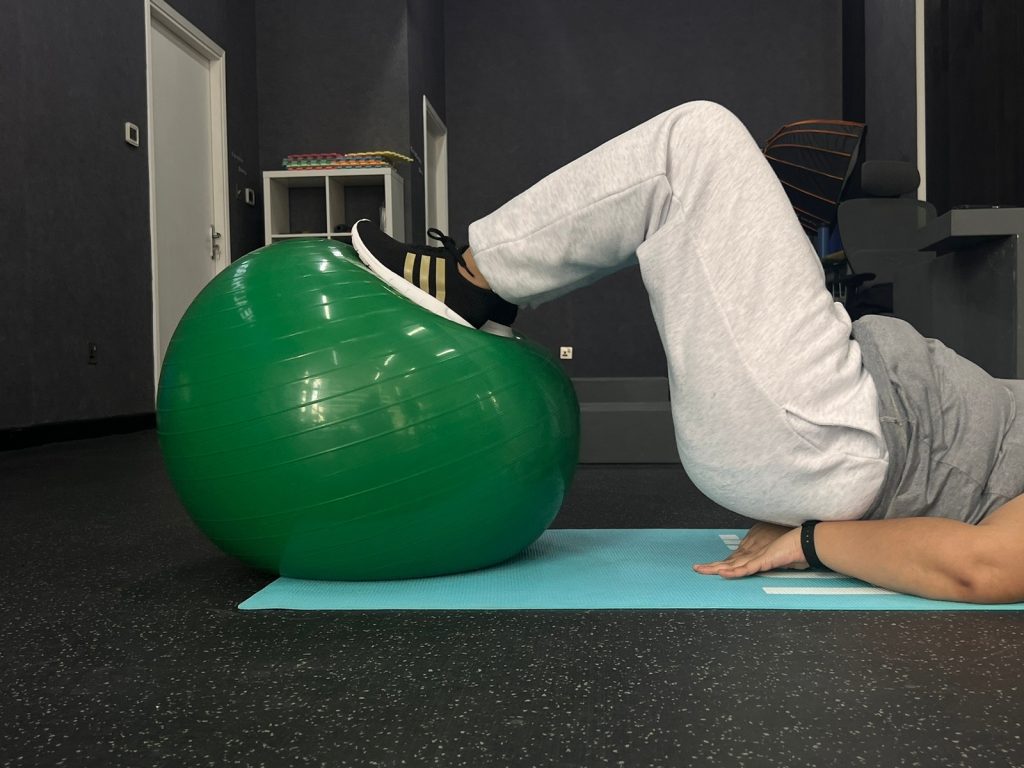
3. Balance and proprioception Exercises: Poor balance and proprioception (awareness of where your body is in space) can contribute to a runner’s knee. Try doing single-leg balances, standing on an unstable surface like a Bosu ball, or using a balance board to improve your balance and proprioception.

4. Foam rolling: Foam rolling can help release tension in the muscles around your knees and improve blood circulation to the area. Try foam rolling your quads, hamstrings, IT band, and calves for the best results.
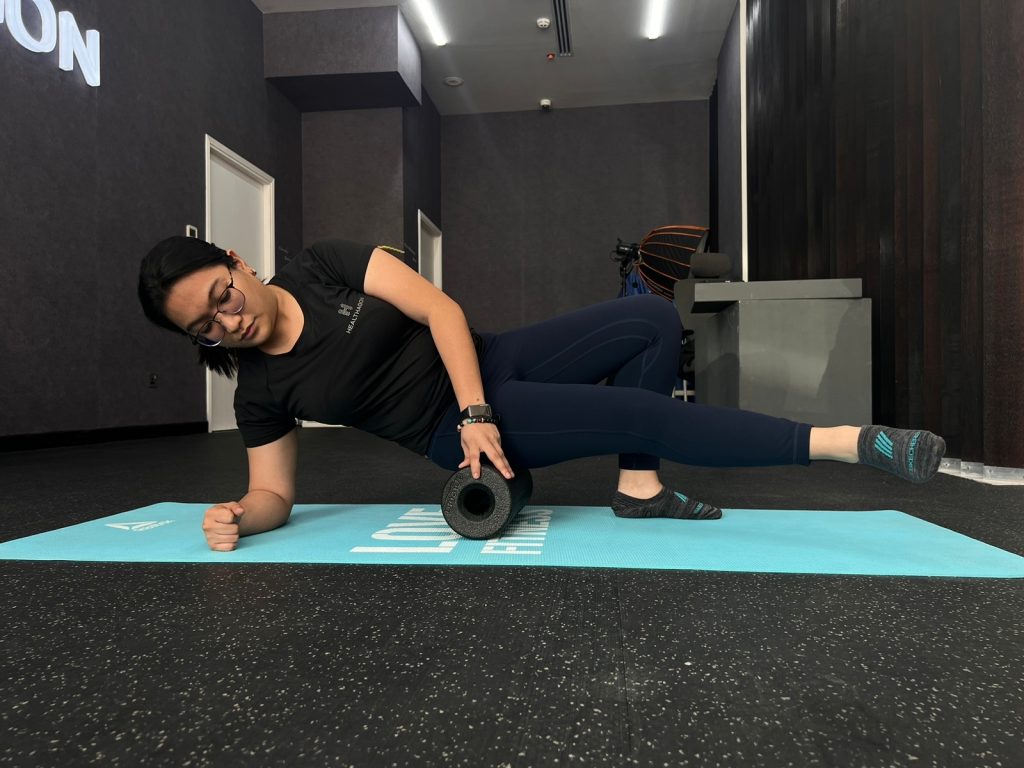
Prevention of Runner's Knee
Prevention of a runner's knee can be achieved by following a few simple steps. First, always warm up before running and focus on Strengthening the muscles in the front of your thigh. Secondly, don’t overdo it increase your mileage gradually to give your body time to adjust. Thirdly, cross-train – incorporating other activities such as swimming or biking into your regime will help reduce the impact on your knees. Finally, make sure you have good shoes with proper cushioning to support your feet and absorb shock. By following these steps, you can help prevent a runner’s knee and keep yourself healthy and injury-free


